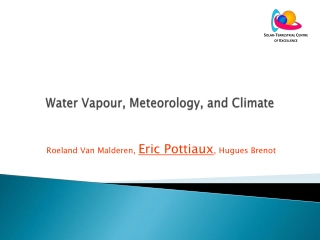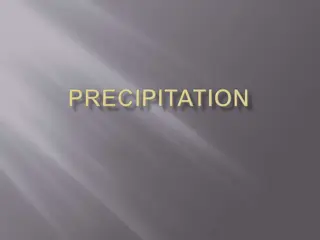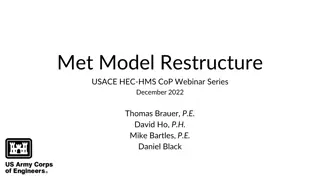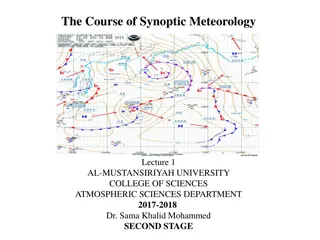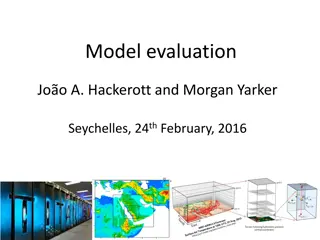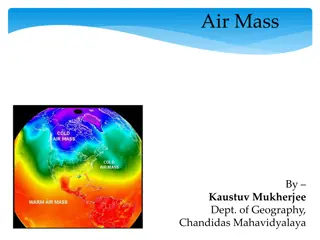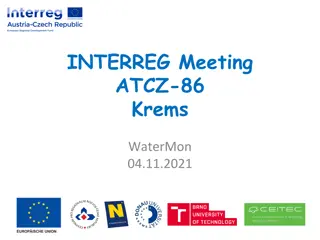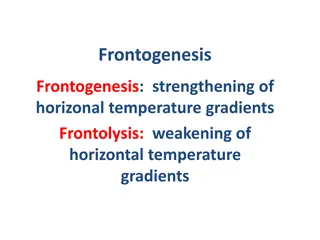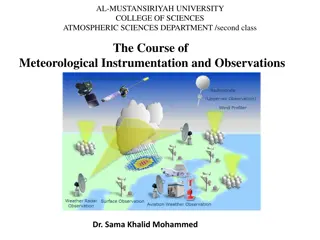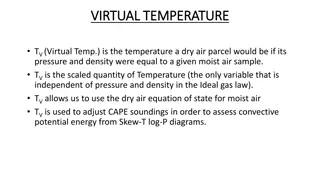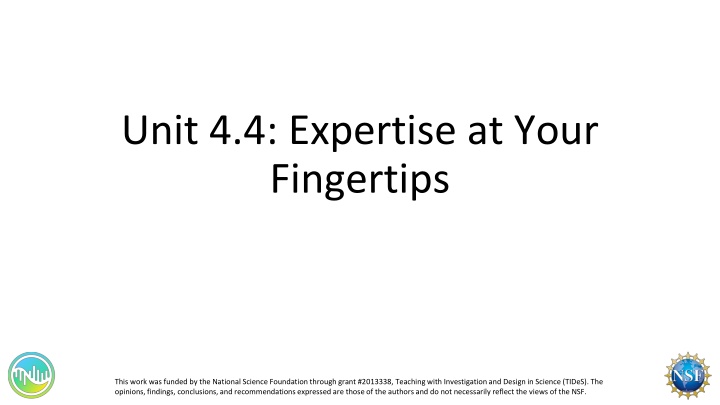
Uncovering Severe Weather Impacts and Mitigation Strategies
Delve into the exploration of severe weather phenomena, understanding their localized impacts, and brainstorming effective engineering designs to mitigate these effects on humans. This interactive and thought-provoking session funded by the NSF encourages students to analyze data sets, communicate findings, delve into current events, and evaluate engineering solutions to address severe weather challenges.
Download Presentation

Please find below an Image/Link to download the presentation.
The content on the website is provided AS IS for your information and personal use only. It may not be sold, licensed, or shared on other websites without obtaining consent from the author. If you encounter any issues during the download, it is possible that the publisher has removed the file from their server.
You are allowed to download the files provided on this website for personal or commercial use, subject to the condition that they are used lawfully. All files are the property of their respective owners.
The content on the website is provided AS IS for your information and personal use only. It may not be sold, licensed, or shared on other websites without obtaining consent from the author.
E N D
Presentation Transcript
Unit 4.4: Expertise at Your Fingertips This work was funded by the National Science Foundation through grant #2013338, Teaching with Investigation and Design in Science (TIDeS). The opinions, findings, conclusions, and recommendations expressed are those of the authors and do not necessarily reflect the views of the NSF.
Small Group Discussion Discuss the following thought questions with your group: Is severe weather siloed to certain areas? If you believe this is so, give initial thoughts about: where this is happening why it is happening
Break Out #1a: Exploring Severe Weather Each group of students will be assigned a different type of severe weather (thunderstorms, tornadoes, floods, drought, wildfires, extreme heat). After looking at the data, your group will: Develop a question from the data set Create a hypothesis (a testable statement) Formulate a plan on how to investigate the answer to your question Each person in your group needs to be able to explain the data to someone who has never seen it before and answer any questions they may have.
Break Out #1b: Communicate the Data New Groups! Groups will be split up and each member will be required to explain: Their data set What they found (their question) Why they think the data is the way it is (hypothesis) How they plan to investigate (plan) Each group member required to either ask questions for further clarification and/or give their thoughts about the other data sets Return to your original groups and share the questions/insight you have received from others
Break Out #2: Severe Weather Current Events Intro Explain the importance of weather monitoring at the local and national levels by researching how severe weather has impacted and continues to impact humans. In your groups, find a current event pertaining to your chosen severe weather type in question 1. Use your Google Slide template to create a report detailing the event and the impact it is having on humans. Be sure to include: Where/when did the event happen Meteorological details leading up to the event Impact the event had on humans At least one photo to help visualize your event What did you find most interesting or surprising about this event?
Break Out #3: Evaluating Engineering Designs Intro Identify/develop engineering designs to help mitigate the effects of each severe weather type on humans. Build on your research by making connections between science and society and evaluating current engineering mitigation designs/techniques. You will do more in-depth research and find evidence of what has been engineered/designed to help mitigate the effect of extreme weather on humans and evaluate it. Brainstorm best practices and give suggestions on: Where/how these efforts should be deployed/implemented and what changes should be made What are the benefits of the design? Are there any drawbacks? How would you change it to make it better or more useful? Where are the best places to implement these?
Day 2 Outline Student Project Presentation- Group Meeting Student Project Presentation- Presentation Jigsaw Severe Weather in Your Community: In the new groups, you will choose a different location and investigate severe weather in that particular area Analyze multiple datasets to make claims on changes in the weather conditions over time Class Discussion: Communicate your findings with others during class presentations and come to a consensus on the severe weather type(s) that affect the locations most frequently. Revisit the first part of the motivating question, "Is severe weather siloed to certain areas?" and list at least 2 pieces of evidence to support your answers.


